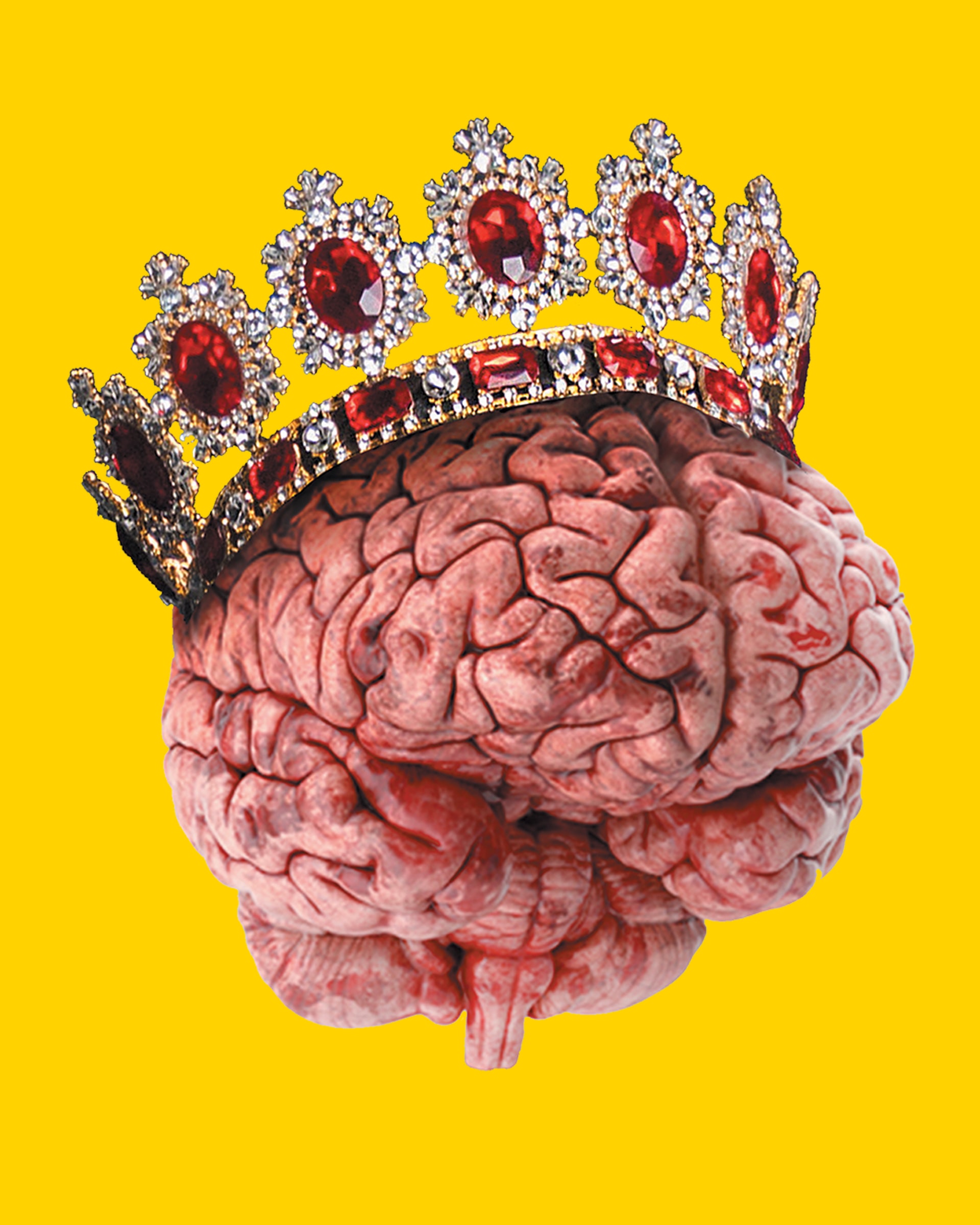The Role of Big Data in Unraveling Dementia Complexity
The Role of Big Data in Unraveling Dementia Complexity
Dementia is a complex and progressive condition that affects millions worldwide, causing significant cognitive decline and impacting daily life. Despite its prevalence, understanding and managing dementia remains a significant challenge for healthcare professionals. However, recent advancements in big data and machine learning are offering new insights and tools to tackle this complex disorder.
### Leveraging Big Data for Dementia Research
Big data refers to the vast amounts of information collected from various sources, including medical records, genetic data, and lifestyle information. In the context of dementia, big data can be used to identify patterns and risk factors that were previously unknown. For instance, studies have utilized large datasets like the UK Biobank to develop predictive models that assess the risk of dementia in specific populations, such as those with atherosclerotic cardiovascular disease (ASCVD)[1].
These predictive models, often built using algorithms like LightGBM, incorporate multiple clinical factors to estimate dementia risk accurately. They have shown strong performance in predicting all-cause dementia and vascular dementia, with high accuracy metrics like the Area Under the Curve (AUC) exceeding 0.85[1]. This level of precision is crucial for early identification and intervention, potentially improving patient outcomes.
### Machine Learning and Dementia Detection
Machine learning plays a pivotal role in analyzing big data for dementia research. Unlike traditional statistical methods, machine learning algorithms can handle complex interactions between variables, enhancing the accuracy of risk predictions. For example, studies have demonstrated that machine learning models outperform traditional Cox proportional hazards models in predictive performance, especially in handling nonlinear relationships within high-dimensional data[1].
Moreover, advancements in multimodal approaches, which integrate text and audio data using large pre-trained models like GPT and CLAP, have shown promise in detecting cognitive impairments associated with dementia[5]. These models can extract meaningful patterns from raw data without extensive manual annotation, making them scalable and non-invasive diagnostic tools.
### Digital Health Technologies in Dementia Care
Digital health technologies are also transforming the landscape of dementia care. These technologies enable the collection of diverse, longitudinal data from patients across the dementia spectrum, allowing for a more comprehensive understanding of the disease[3]. By measuring aspects such as mobility, speech patterns, and cognitive function, digital tools can provide a fuller picture of dementia’s impact on patients, facilitating more targeted interventions.
Furthermore, collaborative efforts involving patients, researchers, and technology developers are crucial in ensuring that these digital measures are patient-centric and aligned with regulatory expectations[3]. This approach not only democratizes access to clinical trials but also reduces the burden on patients by allowing data collection remotely.
### Future Directions
While big data and machine learning have significantly advanced our understanding of dementia, there are still challenges to overcome. Future research should focus on integrating traditional statistical models with machine learning techniques to enhance both predictive performance and model interpretability[1]. Additionally, periodic retraining of predictive models with new data is essential to adapt to emerging trends and shifts in risk factors over time[1].
In conclusion, big data and machine learning are revolutionizing the field of dementia research by providing powerful tools for early detection, risk assessment, and personalized care. As these technologies continue to evolve, they hold the potential to improve outcomes for individuals affected by dementia, offering hope for better management and treatment strategies in the future.





